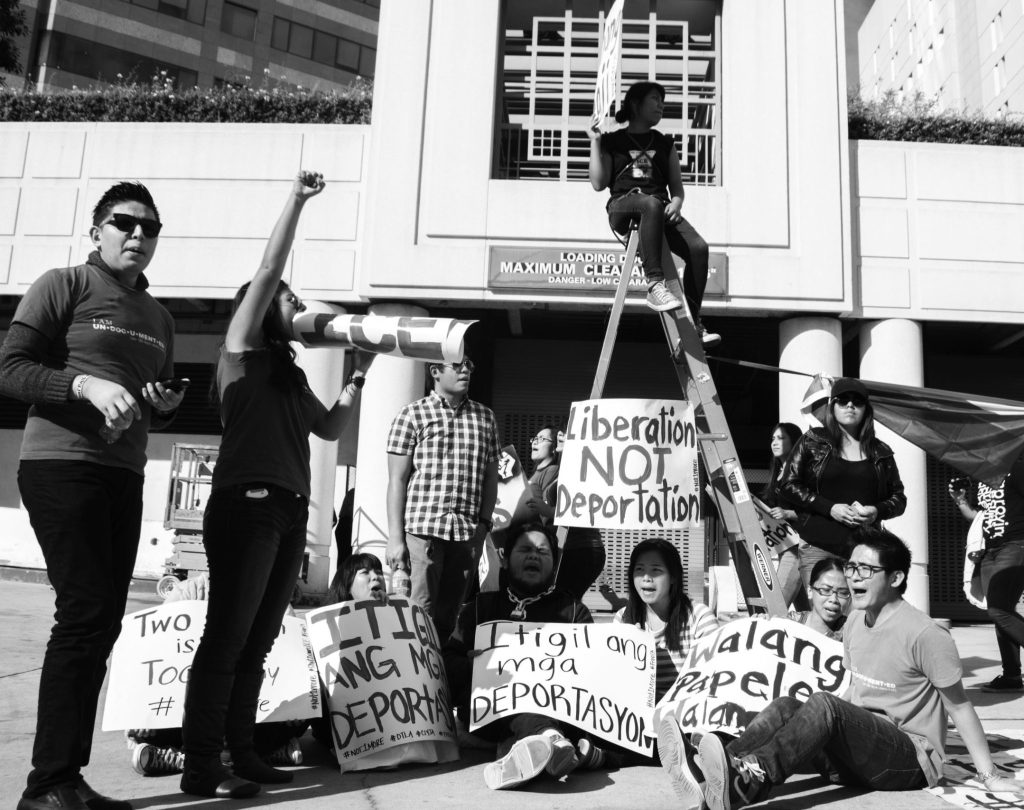Cultural Competency, Language, and Training: Supporting the Development of Educational Resources for the California Labor and Workforce Development Agency
By: Gaspar Rivera-Salgado, PhD; Sayil Camacho PhD; Lucero Herrera, Lily Hernandez, Rosali Jurado
In an effort to advance workplace education and labor rights for farmworkers, the University of California, Los Angeles (UCLA) Labor Center reviewed educational resources developed by the California Labor and Workforce Development Agency (LWDA) and its respective sub-agencies (Agricultural Labor Relations Board, Employment and Development Department, and the Department of Industrial Relations). The UCLA Labor Center developed tools and processes to assess: 1) the readability score of text-based resources; 2) cultural competency; 3) message, implicit assumptions, and linguistic nuance; 4) scope of translation; and 5) accessibility of selected educational resources.
A total of 86 educational resources developed by LDWA and its sub-agencies were identified, 46 of these pertaining to labor rights were selected for this analysis.
Among other key findings, the report finds:
• All 46 of the educational resources assessed are text-based.
• Farmworkers are one of the intended audiences in 44% of the materials assessed; of those, 79% were developed specifically for farmworkers.
• 96% of the educational resources accessed are translated into Spanish, and though half are intended for farmworkers, none of the materials are translated into indigenous Mexican languages or considerate of oral-based indigenous languages, such as Mixteco and Triqui.
• Over three-quarters of educational materials do not include a summary that reiterated the purpose or the topic of the educational resource.
• 54% of the materials reviewed do not have accompanying visual, video, image(s), or infographics to support what is being communicated.
• Less than one-third of resources were visually engaging—had accompanying visuals, were in color, emphasize key text, used clear fonts and had consistent brand recognition, allowing the reader to identify which agency authored the resource.
• None of the resources we evaluated communicated message independent of text.
• Close to three-quarters of resources evaluated do not depict a diverse workforce.
The evaluation of educational materials and subsequent focus groups with immigrant farmworkers and agency and staff representatives allowed the UCLA Labor Center to identify the cultural and linguistic barriers within LWDA’s educational resources and identify best practices to overcome these challenges. To address these, the study offers the following recommendations:
- Be clear
- Create descriptive titles and follow a specific format to easily communicate topic and purpose of material.
- Include an introduction or a summary of main points and a conclusion.
- Increase visual accessibility
- Develop key materials in formats other than text (e.g., video, audio).
- For text-based materials, include infographics and images.
- Use a color scheme to code topics.
- Highlight, in a visually engaging way, the ways workers can protect their workplace rights, beyond filing a workplace violation complaint.
- Include agency logo, a brief description of the agency, the agency role in supporting the workforce, and accompanying contact information in different languages.
- Translate for comprehension
- Translate the materials outlined in Appendix B.
- Implement the following translation protocol:
- Translators should seek to understand the strengths and limitations of the text by examining: implicit and explicit assumptions, the knowledge that would be required to engage with and/or actualize the information that is being presented, as well as any cultural biases and/or assumptions about the workforce.
- Translators should seek to understand the workers’ reading comprehension level
- Translated texts should seek to mediate identified challenges, be at the same reading level as the English material, and when possible translated into primary reading levels to accommodate the workers with limited reading comprehension
- Texts should be translated by a native speaker.
- Translations should be checked for spelling and grammatical errors.
- Translations should be checked by another native speaker from the agency and a native-speaking worker.
- Recommendations from other native speakers and workers should be implemented.
